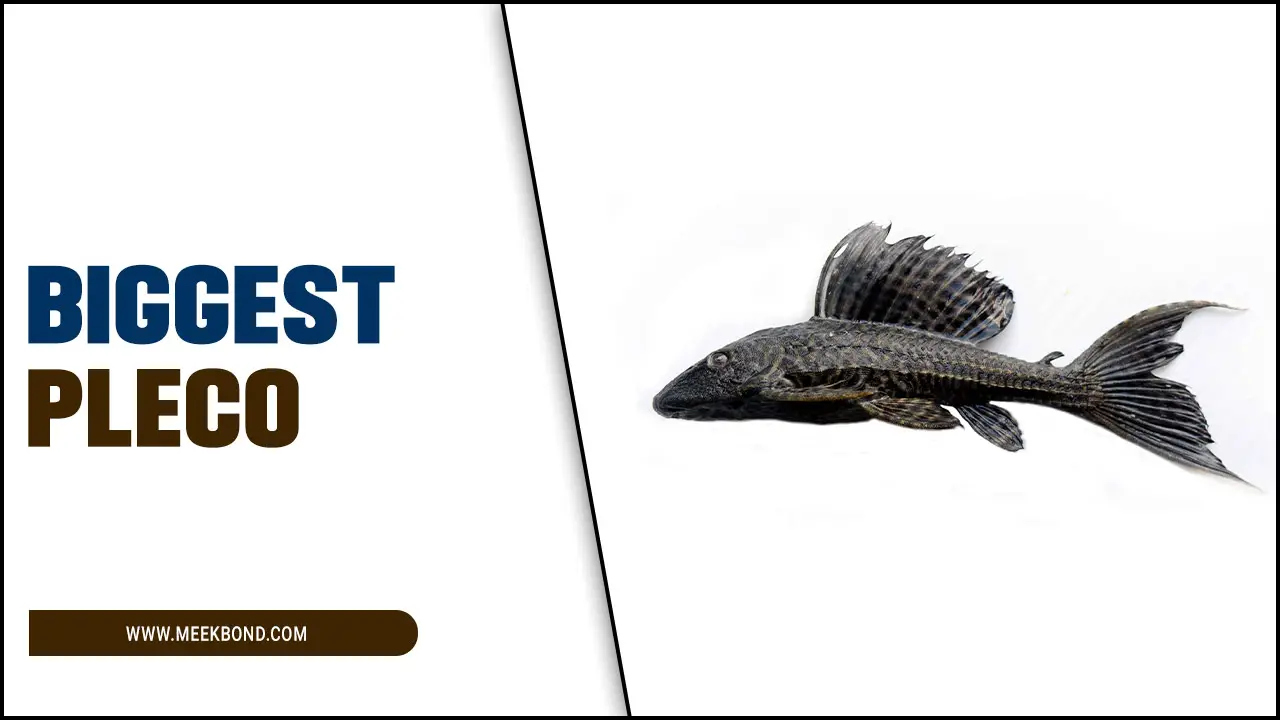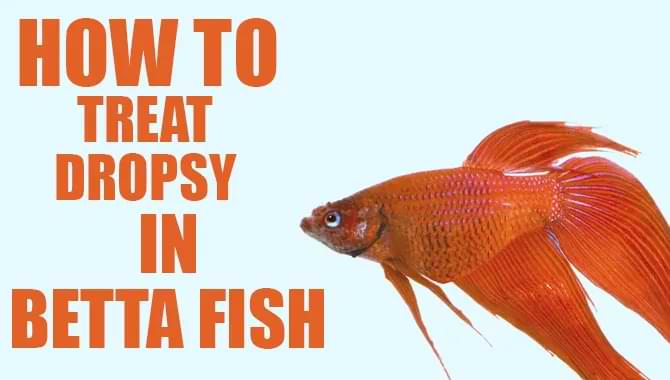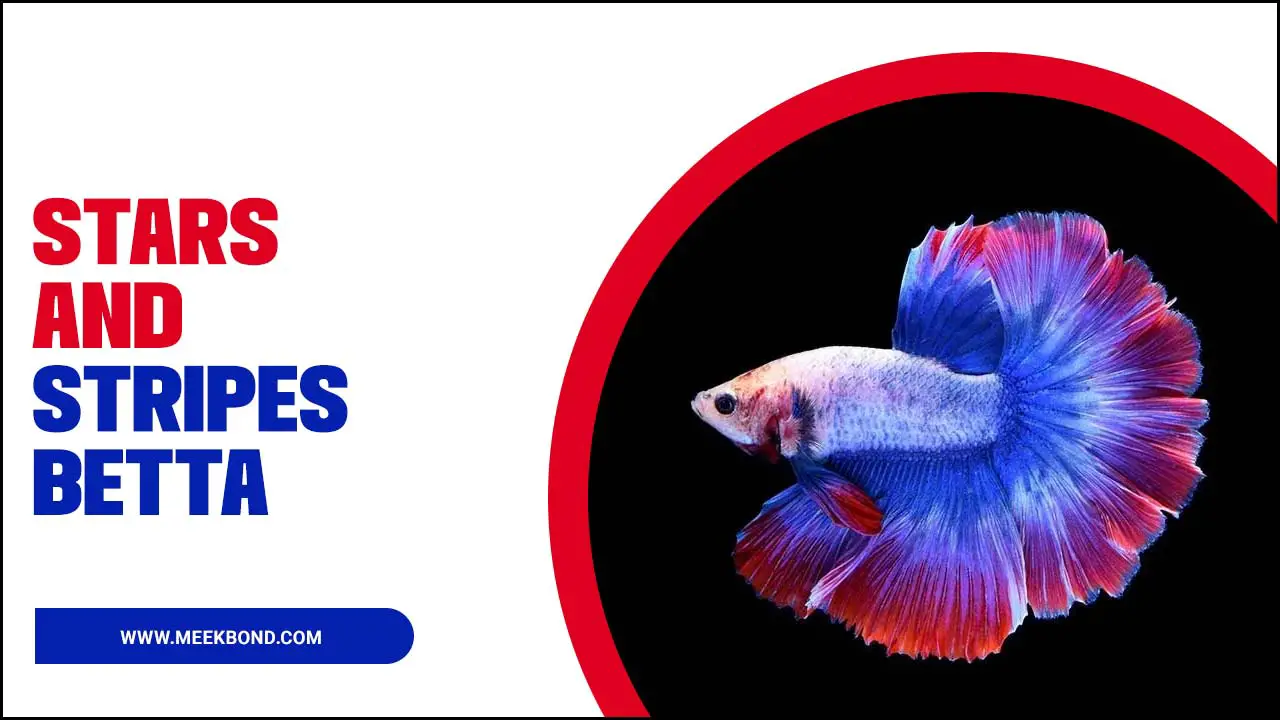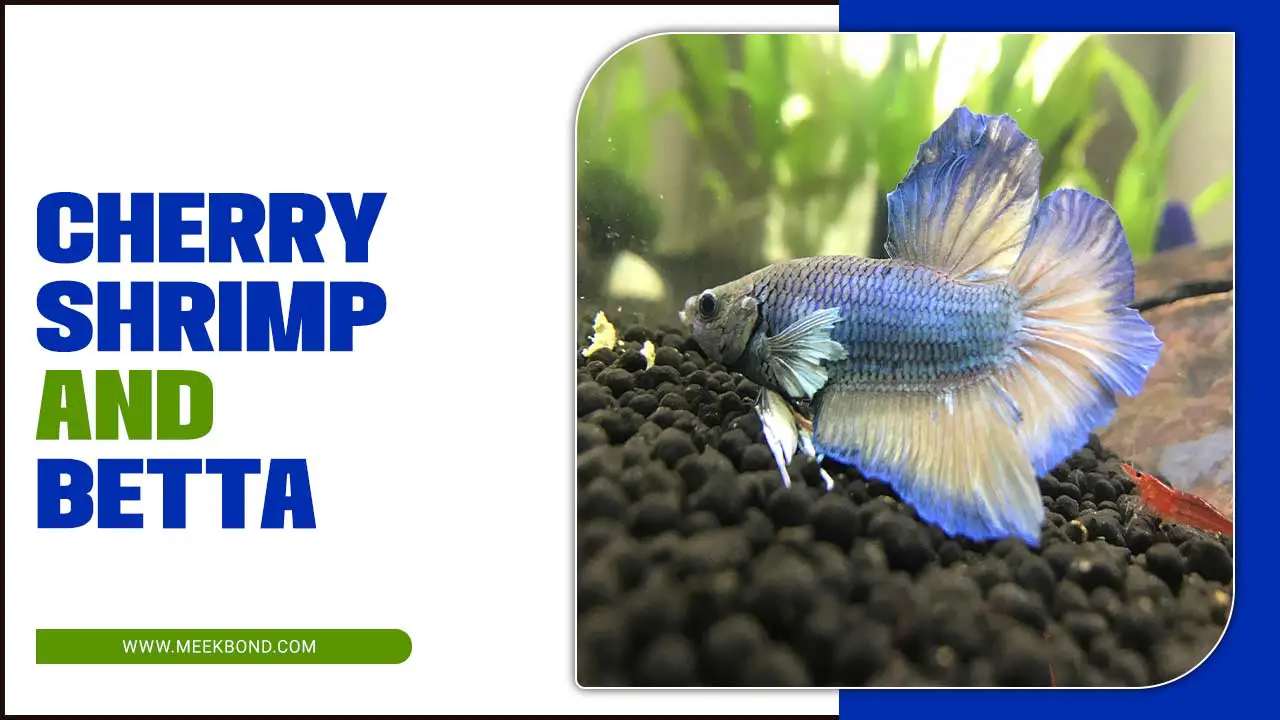Mudskippers are unique and fascinating creatures that inhabit the intertidal zones of brackish and freshwater habitats. Known for their ability to breathe air and move on land, these fish are unlike any other species you may have encountered before.
As a beginner, taking care of mudskippers might seem challenging initially, but with the right knowledge and guidance, you can successfully keep them as pets in your home aquarium.
Here, we will explore the essential aspects of mudskipper care, from their habitat requirements to their dietary needs. We will also discuss the various species of mudskippers, their behavior, and their natural habitats. Whether you are a new enthusiast or an experienced aquarist, this comprehensive guide will provide the necessary information to ensure that your mudskippers thrive and have a long and healthy life in captivity.
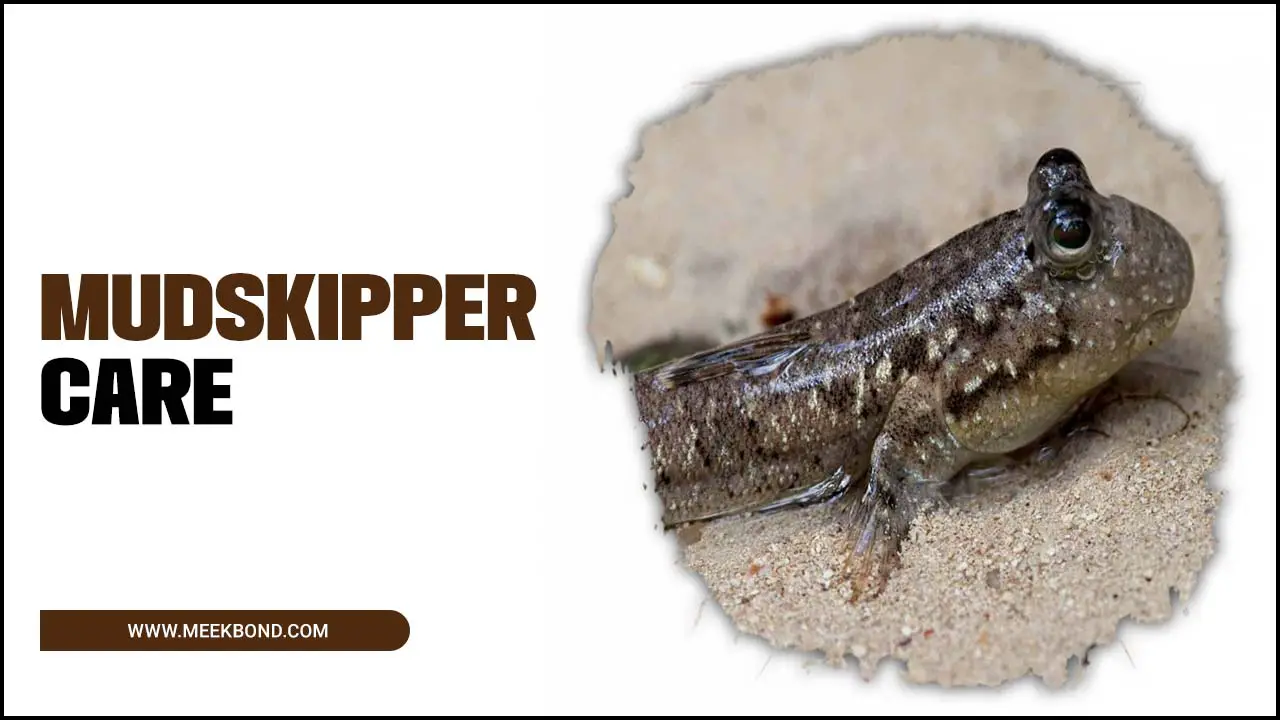
Expert Tips For Mudskipper Care And Maintenance

Mudskippers are fascinating fish that are often kept as pets in aquariums. They are known for their unique ability to breathe air and move on land using their pectoral fins. Caring for mudskippers requires specific attention to their unique needs and habitats. Here are some expert tips for mudskipper care and maintenance:
- Tank setup: Mudskippers need a specialized tank that mimics their natural environment. This includes a mix of land and water areas, with plenty of rocks, logs, and plants for them to climb on and hide in.
- Water quality: Mudskippers require brackish water, a mix of fresh and saltwater. It’s important to maintain the right salinity levels and proper filtration to keep the water clean.
- Feeding: Mudskippers are omnivorous and eat various foods, including insects, small crustaceans, and plant matter. Providing a varied diet is important to ensure they get all the necessary nutrients.
- Temperature and humidity: Mudskippers prefer warm temperatures and high humidity levels. It’s important to monitor the temperature in their tank and provide a heat source if necessary.
- Socialization: Mudskippers are social animals and do best when kept in pairs or small groups. It’s important to provide them with companionship to prevent stress and loneliness.
By following these expert tips for mudskipper care, you can ensure that your little amphibious friends thrive in their habitat and bring you joy for years.
Setting Up The Perfect Habitat For Your Mudskipper
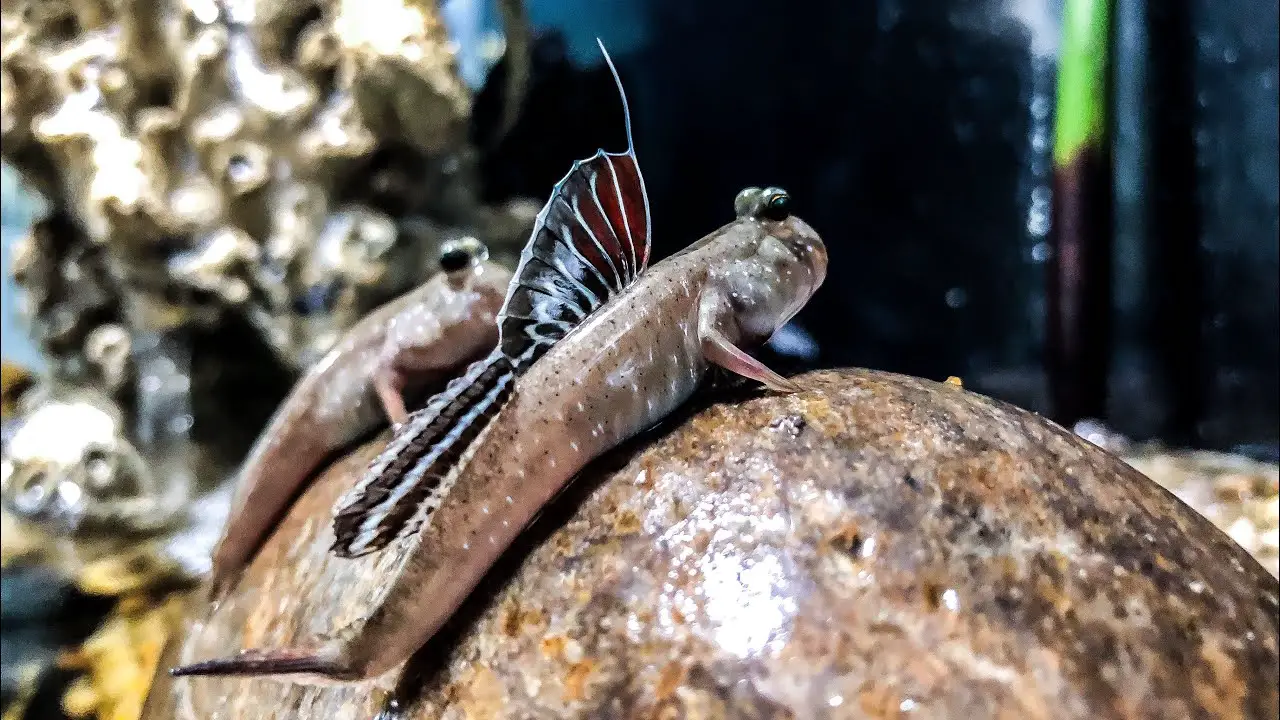
To provide your mudskipper with the ideal habitat, creating an environment that closely resembles its natural surroundings is important. Start by setting up a brackish water tank that includes both water and land areas. This will allow your mudskipper to exhibit its unique behavior of crawling and hopping between land and water. Add plenty of hiding spots and plants to create a secure and stimulating habitat.
Pay attention to temperature and humidity levels, ensuring they match the requirements of your mudskipper species. Use a suitable substrate like sand or mud to replicate their natural environment and provide a comfortable surface for them to explore. Regular maintenance, including water changes and filter cleaning, is crucial to keep the habitat clean and healthy for your mudskipper.
Importance Of A Proper Filtration System In The Tank
Proper filtration is crucial for the care of mudskippers. These unique amphibious fish require a specialized habitat that can mimic their natural environment. A reliable filtration system is important for maintaining water quality and providing adequate oxygenation. Mudskippers produce significant waste, so a filtration system that can effectively remove debris and toxins is essential.
Also, mudskippers thrive in brackish water, requiring a filtration system capable of regulating salinity levels. Investing in a high-quality filtration system will help ensure the health and well-being of your mudskippers, creating an optimal living environment for these fascinating creatures.
Water Quality And Temperature Requirements For Mudskippers
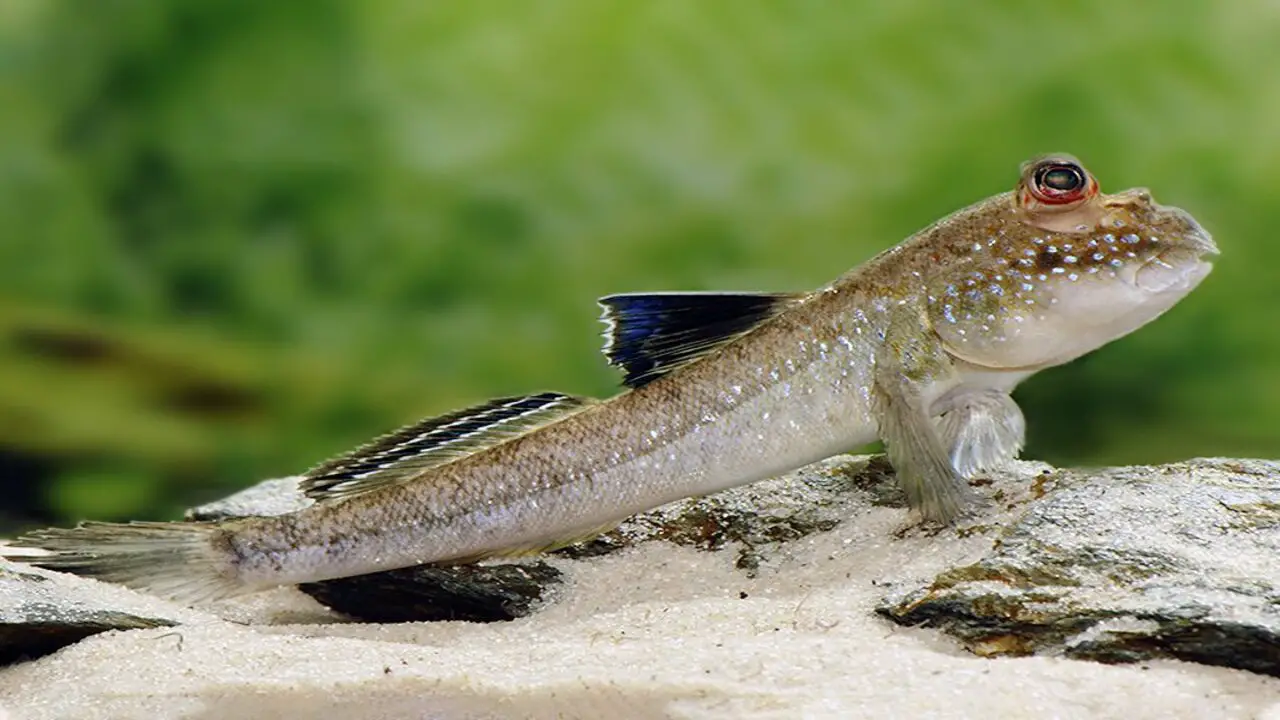
To ensure optimal health, mudskippers require brackish water with a salinity level of 1.005-1.015. It’s crucial to maintain the water temperature within the range of 75-82°F, mimicking their natural habitat. A good filtration system is essential for maintaining water quality and removing waste products.
Regular testing of water parameters, including pH, ammonia, and nitrite levels, is necessary for proper mudskipper care. Additionally, gradual acclimation is important when introducing mudskippers to new environments due to their sensitivity to sudden changes in water conditions.
Feeding And Diet Recommendations For Mudskippers
Feeding and diet play a crucial role in the care of mudskippers. These unique amphibious creatures have specific dietary needs that must be met to ensure their health and well-being. In the wild, mudskippers feed on small insects, crustaceans, and other invertebrates. When kept in captivity, it is important to replicate their natural diet as much as possible.
This can include offering live or frozen foods such as brine shrimp, bloodworms, and small crickets. Additionally, a varied diet that includes plant matter like algae and vegetables can help ensure they receive all the necessary nutrients.
It is also important to monitor their feeding habits closely to prevent overfeeding and obesity, as mudskippers are prone to weight gain if not properly regulated. Following these feeding and diet recommendations can help provide optimal care for your mudskipper and promote their overall health and longevity.
Tips For Handling And Interacting With Your Mudskipper
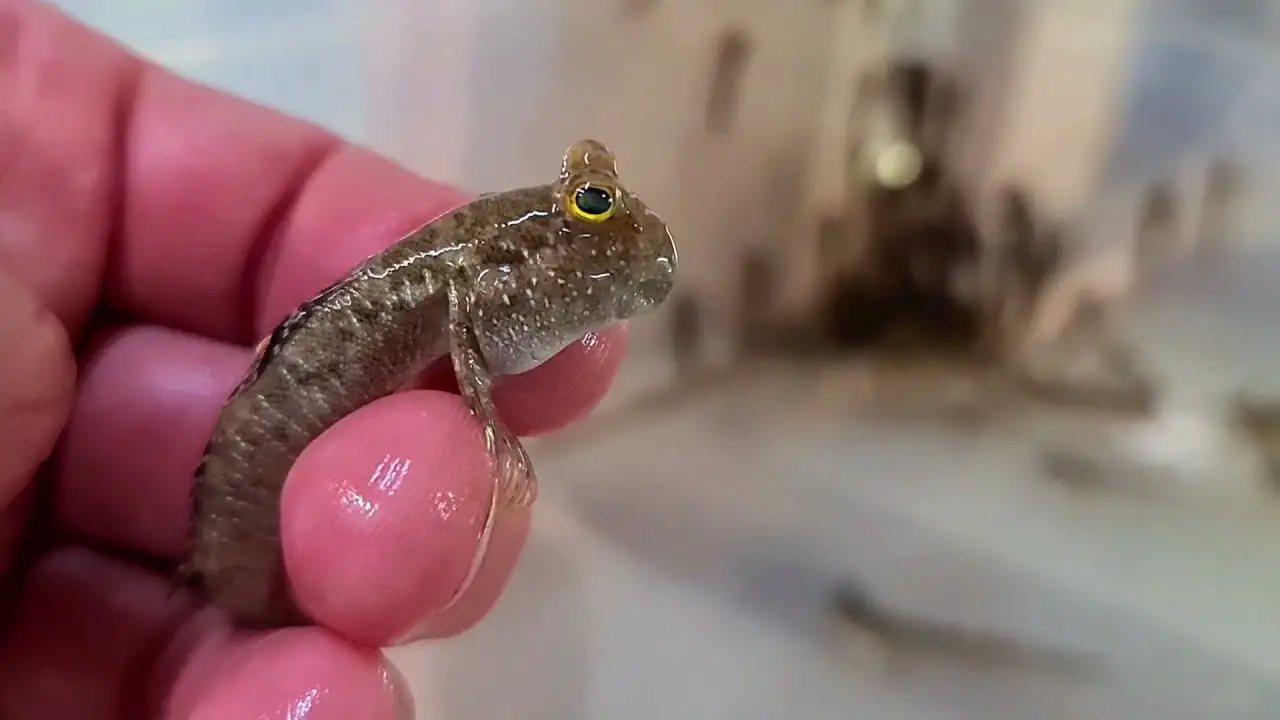
Mudskippers are fascinating and unique creatures that require specific care to thrive in captivity. Regarding mudskipper care, there are a few important tips to remember. These unique creatures require a specialized environment to thrive, so providing them with the right conditions is crucial. Here are some tips for handling and interacting with mudskippers:
- Create a suitable habitat: Mudskippers need land and water in their enclosure. Provide a shallow swimming pool and a dry land area where they can bask and rest.
- Maintain proper temperature and humidity: Mudskippers prefer warm and humid environments, so regulating the temperature and humidity levels in their tank or enclosure is important.
- Offer a varied diet: Mudskippers are omnivorous, so offering them a diverse diet that includes both live foods (such as brine shrimp or bloodworms) and plant matter (such as algae or blanched vegetables) is essential.
- Handle with care: When handling mudskippers, it’s important to be gentle and avoid squeezing or applying too much pressure on their bodies. They have delicate skin that can easily be damaged.
- Provide enrichment: Mudskippers are active and curious animals, so it’s important to provide them with plenty of hiding spots, climbing structures, and toys to keep them mentally stimulated.
Remember, each mudskipper species may have specific care requirements, so it’s always best to do thorough research or consult an expert before bringing one home as a pet.
Common Health Issues And How To Prevent Them
Mudskippers are unique and fascinating fish that require special care in captivity. These amphibious creatures require a semi-aquatic habitat providing water and land areas. Taking care of mudskippers requires attention to their specific needs and potential health issues. Here are some common health issues that mudskippers may experience and tips on how to prevent them:
- Skin problems: Mudskippers are prone to skin infections and parasites. To prevent these issues, maintain clean water in their tank and provide proper filtration. Regularly monitor their skin for any signs of infection or parasites.
- Nutritional deficiencies: Mudskippers require a varied diet to meet their nutritional needs. Feed them a combination of high-quality commercial pellets, live or frozen foods such as brine shrimp or bloodworms, and fresh vegetables. This will help prevent nutritional deficiencies.
- Respiratory problems: Mudskippers have adapted to breathe both water and air, but they can still experience respiratory issues if the water quality is poor or if they are exposed to pollutants. Regularly test the water parameters and ensure good ventilation in their tank.
- Stress-related diseases: Mudskippers can become stressed if their tank environment is not suitable or if there are changes in their surroundings. Provide them with a spacious tank with plenty of hiding spots and ensure a stable environment to minimize stress.
By being proactive in preventing these common health issues, you can ensure the well-being of your mudskippers and help them thrive in their unique habitat.
Tank Cleaning And Maintenance Guidelines
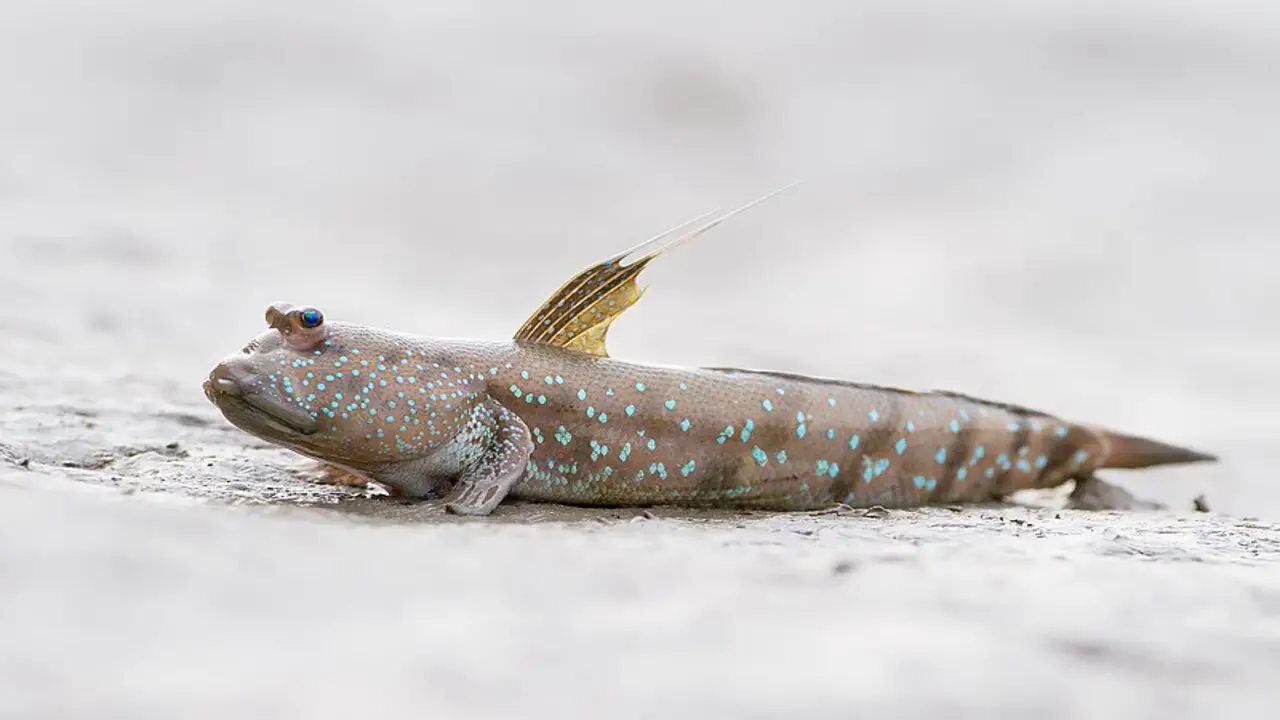
Regular tank cleaning is necessary to maintain a healthy environment for your mudskippers. The frequency and intensity of cleaning will depend on the tank’s size and the number of mudskippers you have.
Use a gravel vacuum to remove debris from the substrate and change out 20-50% of the water every week or two. Scrub the tank walls with an algae scraper and wash decorations to keep the tank clean and visually appealing. Monitor water quality parameters like pH, ammonia, and nitrate levels to ensure optimal conditions for your mudskippers.
Breeding And Reproduction Of Mudskippers
Breeding and reproduction are fascinating aspects of mudskipper care. These unique fish lay their eggs on land, requiring a moist environment for successful hatching. Male mudskippers play an active role in the reproduction process by building nests and attracting females through courtship displays.
Once mating occurs, females deposit their eggs in the male’s nest, which he diligently cares for. To ensure the survival of mudskipper fry, a highly nutritious diet and proper water conditions are crucial. While breeding mudskippers can be challenging, with adequate research and care, it can be a truly rewarding experience.
Recommended Tank Mates For Mudskippers
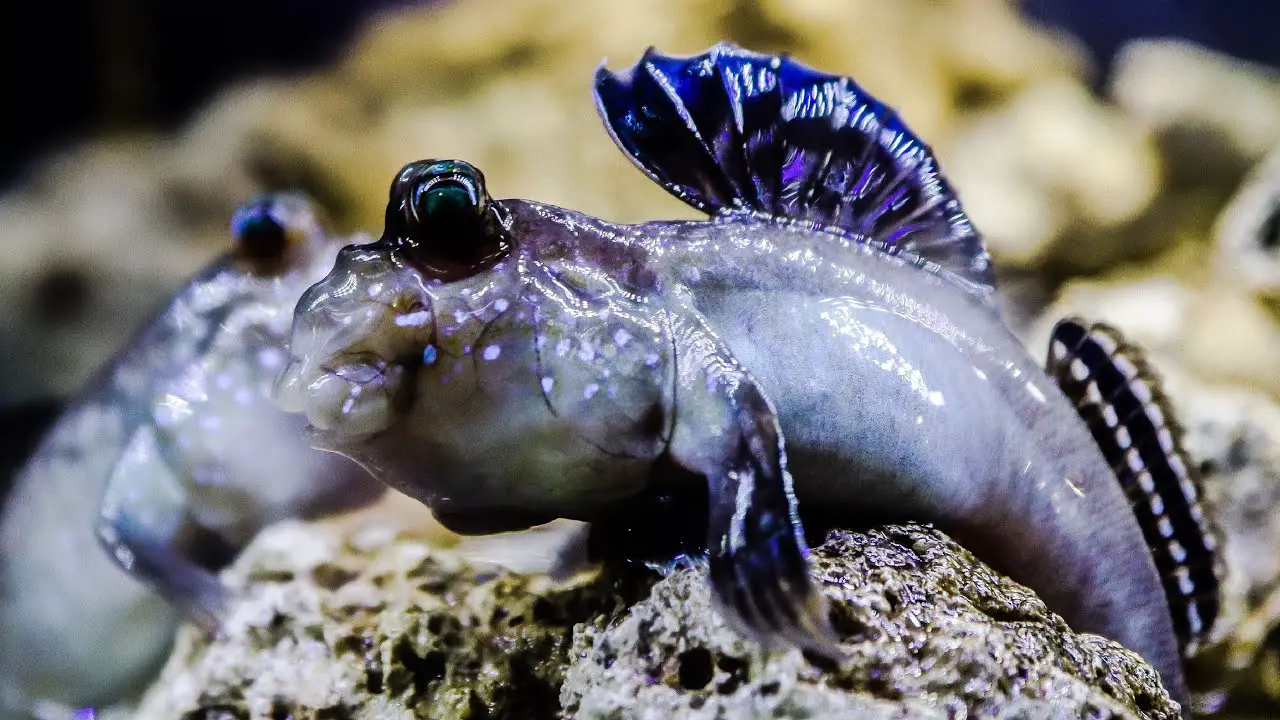
When considering tank mates for mudskippers, it’s essential to choose peaceful and non-aggressive species. Freshwater snails, shrimp, and small fish like guppies can make suitable companions for mudskippers. However, it is crucial to avoid larger fish that may harm or compete with mudskippers for resources.
Before introducing any potential tank mate, thorough research on their needs and behaviors is necessary. Creating a proper tank setup with hiding places and adequate space can also help promote peaceful coexistence among the tank mates.
Conclusion
Taking care of mudskippers requires knowledge and attention to detail. You can ensure their well-being by providing them with suitable habitat, maintaining water quality, and feeding them a proper diet. It’s important to handle them with care and be aware of common health issues that may arise. Regular tank cleaning and maintenance are crucial for their overall health.
If you’re interested in breeding mudskippers, understanding their reproduction process is essential. Additionally, you can consider adding compatible tank mates to enhance their environment. With proper care and attention, mudskippers can thrive and bring joy to any aquarium setting. We have provided bulk information for mudskipper care and hope our information was helpful from your perspective
Frequently Asked Questions
How Do You Keep Mudskippers In An Aquarium?
To keep mudskippers in an aquarium, create a brackish water environment. Use sand or mud as substrate, and add rocks, driftwood, and plants for hiding spots. Provide a varied diet of insects, shrimp, and fish flakes.
Do Mudskippers Make Good Pets?
Mudskippers can be fascinating pets for experienced aquarium owners. With their unique ability to breathe air and walk on land, they require specific care, including a brackish water environment and a varied diet. Before getting a mudskipper, research their care requirements to determine if they are the right pet for you.
What Kind Of Environment Do Mudskippers Need To Thrive?
Mudskippers need a brackish environment that combines land and water. They thrive in enclosures with sandy substrate, rocks, and vegetation for hiding and climbing. The temperature should be between 75-85°F (24-29°C) with high humidity. A filter is necessary for clean water, along with regular water changes.
What Do Mudskippers Eat, And How Often Should They Be Fed?
Mudskippers are omnivorous creatures that consume both plant and animal matter. Their diet typically includes insects, small crustaceans, worms, and algae. Feeding them once or twice a day is recommended, adjusting the amount based on their size and appetite. Be cautious not to overfeed as it can lead to health issues.
.How Can You Tell If A Mudskipper Is Healthy And Happy?
Signs of a healthy mudskipper include clear, bright eyes and smooth skin. A happy mudskipper will be active, curious, and interact with others. Look out for signs of illness or stress like lethargy, loss of appetite, unusual behavior, or physical symptoms. Regular monitoring is key to their well-being.

Aquarium passion is all about connecting with the aquatic life and providing education to the public on the importance of these creatures. We showcase a wide variety of marine life through our exhibits as well as working with schools to provide unique learning opportunities for students of all ages.

